KITTERY POINT — Sam Reid could barely contain his enthusiasm as he piloted a small boat full of visitors across Pepperell Cove to Wood Island.
As he navigated past the sailboats that dot the cove, Reid pointed to the building perched atop the small island near the mouth of the Piscataqua River. The building – a relic of the days when men in rowboats kept watch for mariners in distress – is now covered in scaffolding, a sign of the work underway to transform the life-saving station into a unique maritime museum.
“What we’re getting out of all of this is a building that is clean, beautiful and lovely,” said Reid, president of the nonprofit Wood Island Life Saving Station Association.
This work has been a long time coming.
Six decades after the Coast Guard stopped using the life-saving station, the building is being saved from demolition by a group of volunteers who banded together to find a way to preserve the maritime heritage of this small town on the New Hampshire border.
“It’s a crazy fun project,” Reid said. “The local support has been unbelievable.”
So far, 2016 has been a big year for the project to restore the Wood Island Life Saving Station. In January, the Kittery Town Council approved two agreements that will allow the vacant building to be restored and opened to the public as a maritime museum. The station recently was declared eligible for the National Register of Historic Places. And last week, the Kittery Port Authority unanimously approved a new pier and the restoration of the marine railway that carried boats from the station to the water. The Kittery Planning Board still needs to review those plans, but Reid said “the progress on this challenging undertaking is exceptional.”
The restoration is being funded using a $200,000 grant from the National Park Service in partnership with the Maritime Administration; $200,000 from the Environmental Protection Agency; a $200,000 grant from the state of Maine to match the park service grant; and $100,000 in private donations.
The station, one of 450 that were built across the United States, has been listed as an endangered station by the U.S. Life-Saving Service Heritage Association. It was named to the 2012 list of most endangered properties by Maine Preservation. Today, fewer than 130 stations survive and only a handful are being restored, according to the U.S. Life-Saving Service Heritage Association.
WHERE SURFMEN WERE SAVIORS
The U.S. Life-Saving Service was established in 1878 and merged with the Coast Guard in 1915. The Wood Island Life-Saving Station was built in 1908 and remained active until 1948, when the Coast Guard built a new station nearby in Portsmouth Harbor.
During the early years of its existence, the Wood Island Life-Saving Station was among the stations that dotted the east and west coasts and the Great Lakes. The surfmen stationed there were charged with aiding mariners in distress. When vessels wrecked or ran aground, the seamen would put on cork life vests and paddle their large wooden rowboats through storms to pluck sailors from the water.
In Kittery, surfmen rescued more than 300 people. Between storms, “it was a lot of sitting around” for the surfmen, Reid said.
Reid said WILSSA will have access to 50 boxes of material about Wood Island now housed in the National Archives in Washington, D.C., and additional information from a regional branch in Massachusetts. That information includes service records of surfmen, daily logs and reports on rescues. That information will be incorporated into a museum once the building is fully restored, hopefully by 2018.
During World War II, the station was turned over to the Navy, which used it as a lookout post for Nazi torpedo boats and submarines. By 1948, the building sat empty.
The federal government in 1973 transferred ownership of the station to Kittery on the condition that the town maintain the island and keep it open to the public. The town didn’t have the resources to maintain the life-saving station and it deteriorated to the point that it was dangerous to the public, Reid said.
Nearly a decade ago, the Kittery Town Council created a Wood Island Advisory Committee to look at the issue and ultimately recommended the station building be demolished after determining it would cost at least $300,000 to restore. Demolition would have cost the town $250,000 because of the amount of asbestos and lead in the building.
In 2011, the town requested proposals from nonprofits to restore the station at no cost to the town in exchange for a long-term agreement to run a restored station in a way that benefits the public.
The Wood Island Life Saving Station Association was formed in less than a month and submitted the only proposal to save the station, Reid said.
“There was a little bit of shock and amazement that we actually responded,” he said.
BUILT LIKE A FORTRESS
Work on the life-saving station began in full force this summer. Crews spent several weeks removing asbestos and lead from the building before restoration work could begin.
The 7,600-square-foot building includes a boathouse, mess hall, separate quarters for officers and crew and a four-story lookout tower with observation deck. Wood Island is the only life-saving station in the United States with a surviving marine railway.
Before the $250,000 worth of asbestos and lead paint remediation work began, crews had to remove several feet of rubble from the basement and 4 inches of guano from seabirds from the floors.
Last week, Arron Sturgis and his crew from Preservation Timber Framing in Berwick were at Wood Island working on the first phase of restoration, which costs $400,000. As his employees replaced the floors in the former crew quarters, Sturgis explained how easy it has been to plan the restoration because of the surviving records from the station that show how it was constructed. He has saved as much of the original wood in the station as possible.
“It’s very well built or it would not have survived as well as it did,” Sturgis said. “It was built like a fortress.”
Sturgis’ descriptions of the historic aspects of the building – from the original trim to the marine railway – were of particular interest to board members and employees of the Gundalow Co., who were at Wood Island to see the progress for the first time. The Portsmouth, New Hampshire-based nonprofit operates the Piscataqua, a replica of a flat-bottomed gundalow barge used to ferry supplies up and down the river. The gundalow is used for educational tours.
Reid and Molly Bolster, executive director of Gundalow Co., hope to form a partnership once the museum is established to bring visitors to the island. Reid said the pier at Wood Island was designed to accommodate the Piscataqua.
“This is amazing,” Bolster said as she stood in the station’s boat room, which offers a spectacular view of Kittery Point and the mouth of the Piscataqua River. She said the idea of bringing people to see an important part of the region’s maritime history is “thrilling.”
“Part of what is so amazing about Sam (Reid) and his group is that they just haven’t given up,” she said.
When the summer work season is over and the life-saving station is boarded up for the winter, Reid and other WILSSA members will turn their focus back to securing funding for the rest of the restoration, which could total $1 million by the time all the work is done. He said he is confident they will find the money and that enthusiasm for the project will remain strong.
“This is an important part of our town’s history and our nation’s history,” he said.
Copy the Story LinkSend questions/comments to the editors.


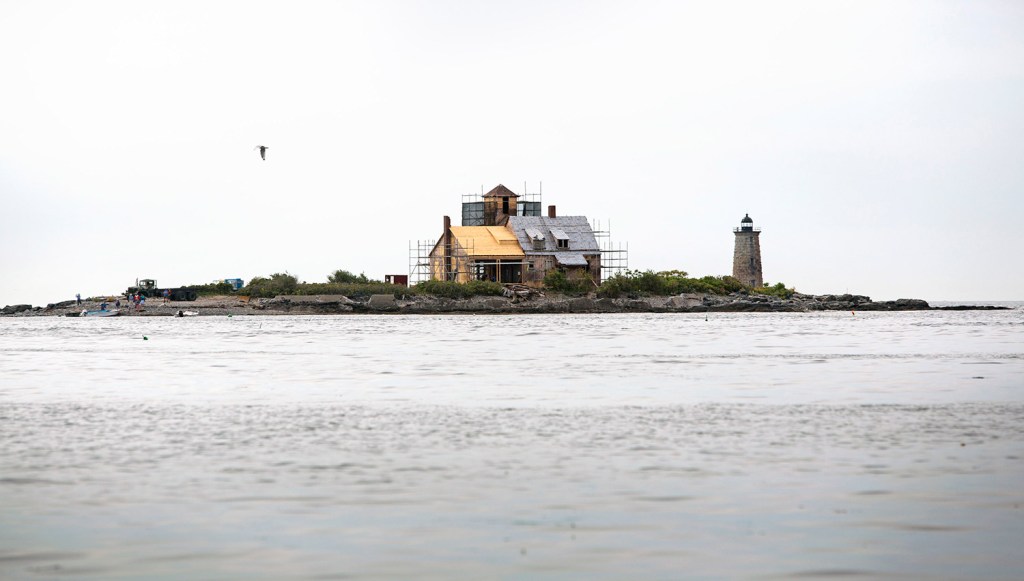
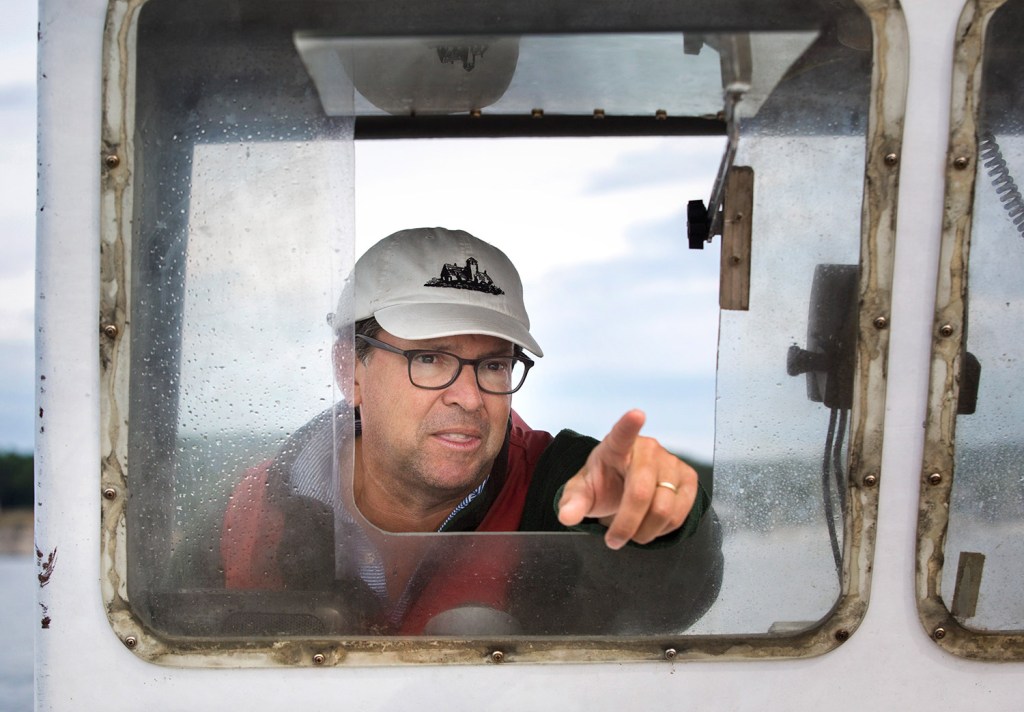
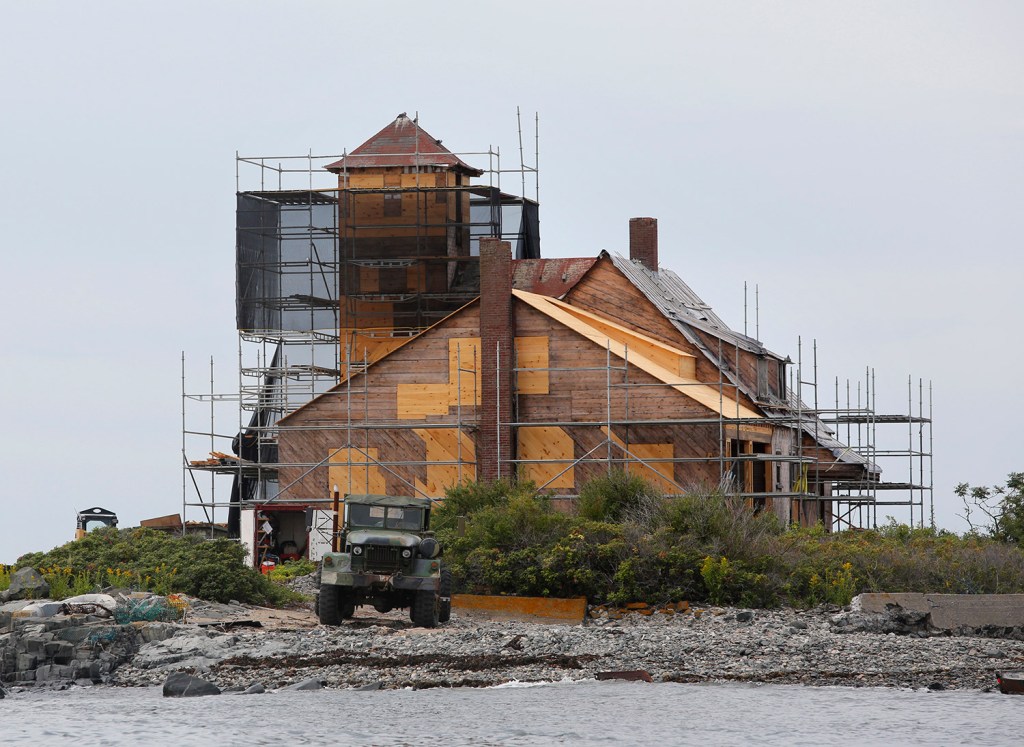
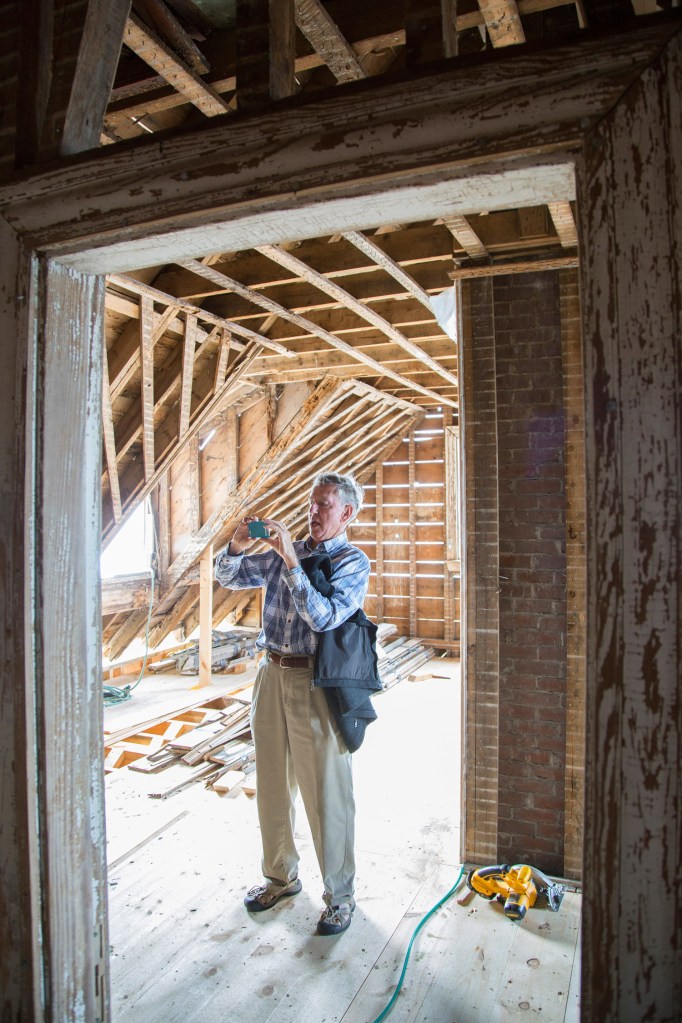
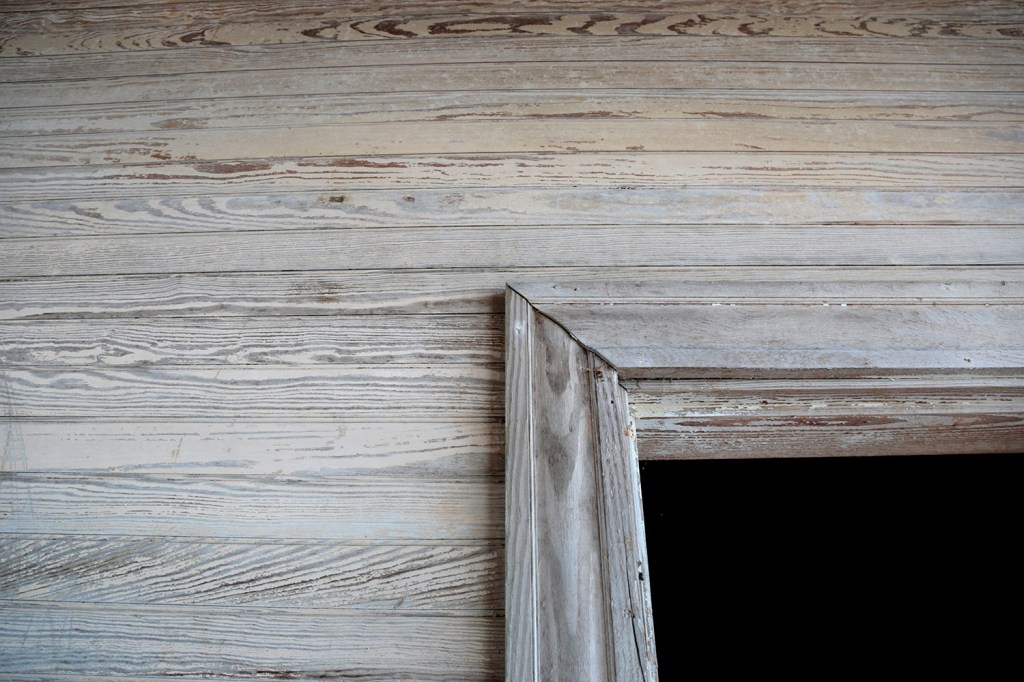
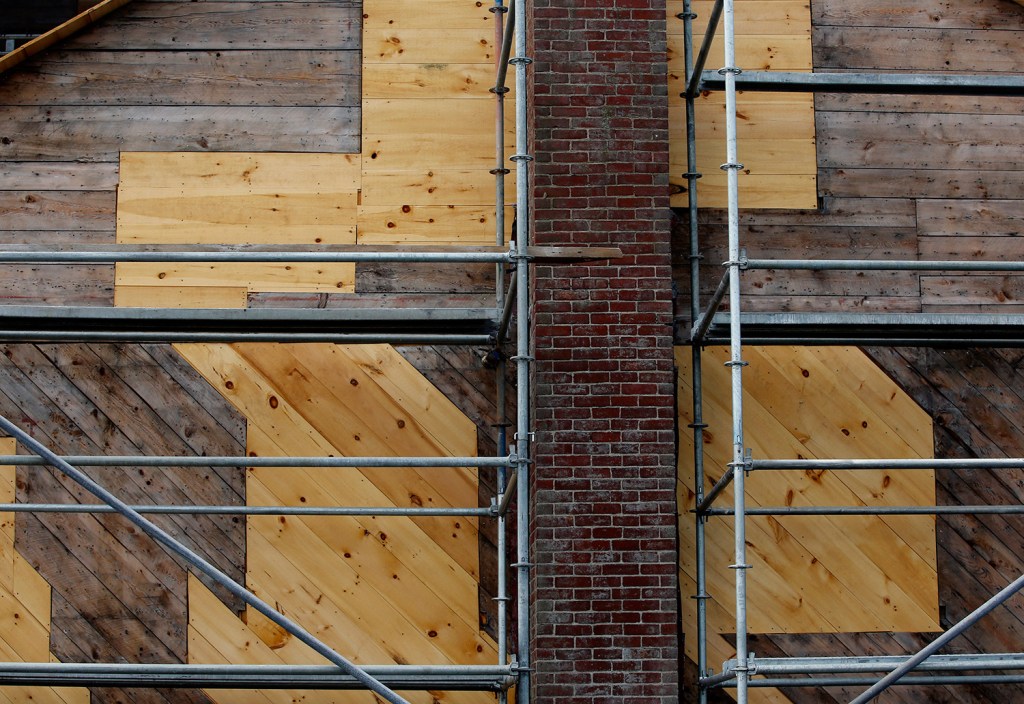
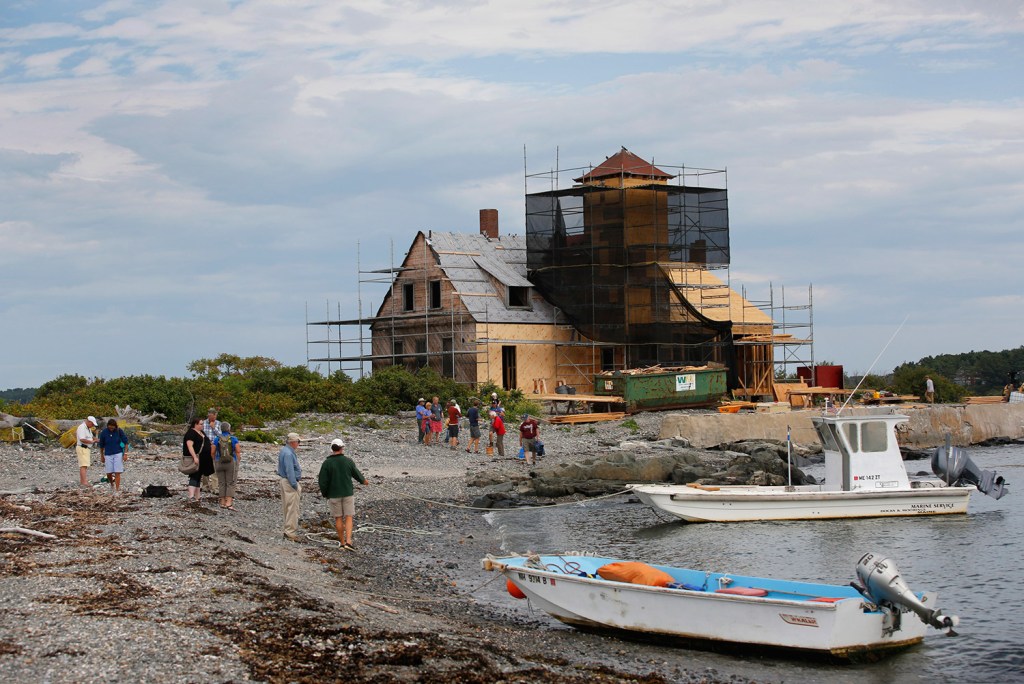

Success. Please wait for the page to reload. If the page does not reload within 5 seconds, please refresh the page.
Enter your email and password to access comments.
Hi, to comment on stories you must . This profile is in addition to your subscription and website login.
Already have a commenting profile? .
Invalid username/password.
Please check your email to confirm and complete your registration.
Only subscribers are eligible to post comments. Please subscribe or login first for digital access. Here’s why.
Use the form below to reset your password. When you've submitted your account email, we will send an email with a reset code.